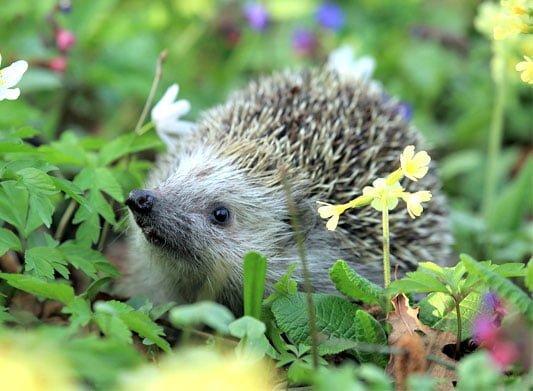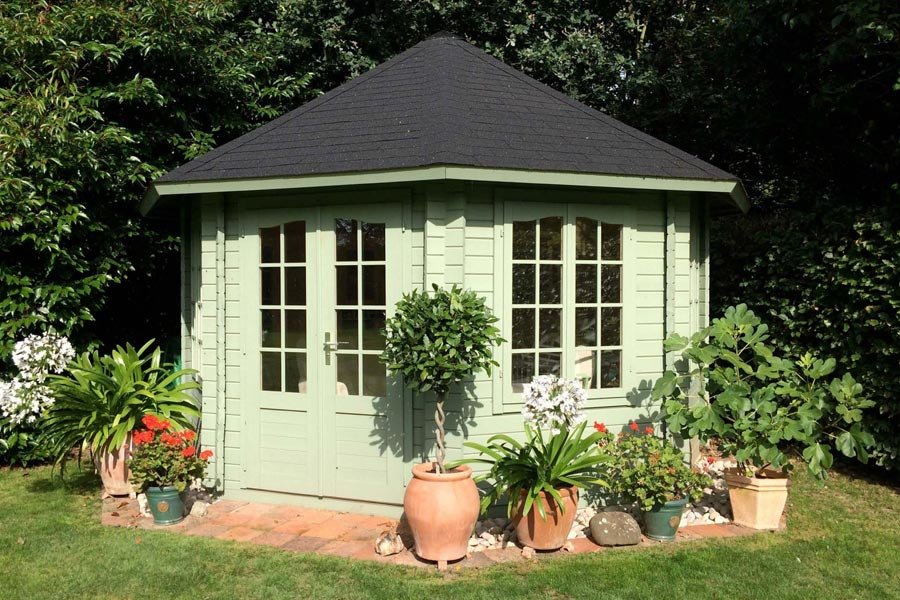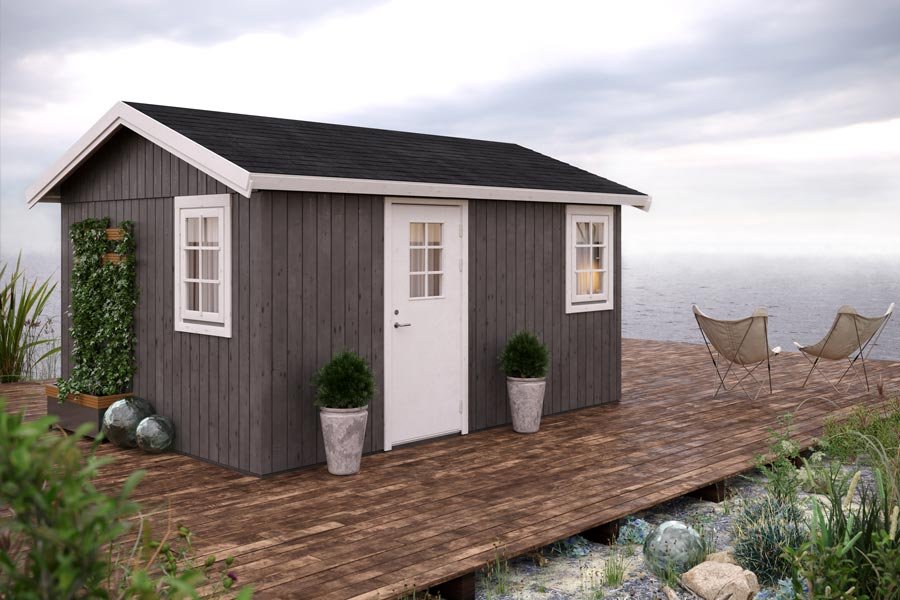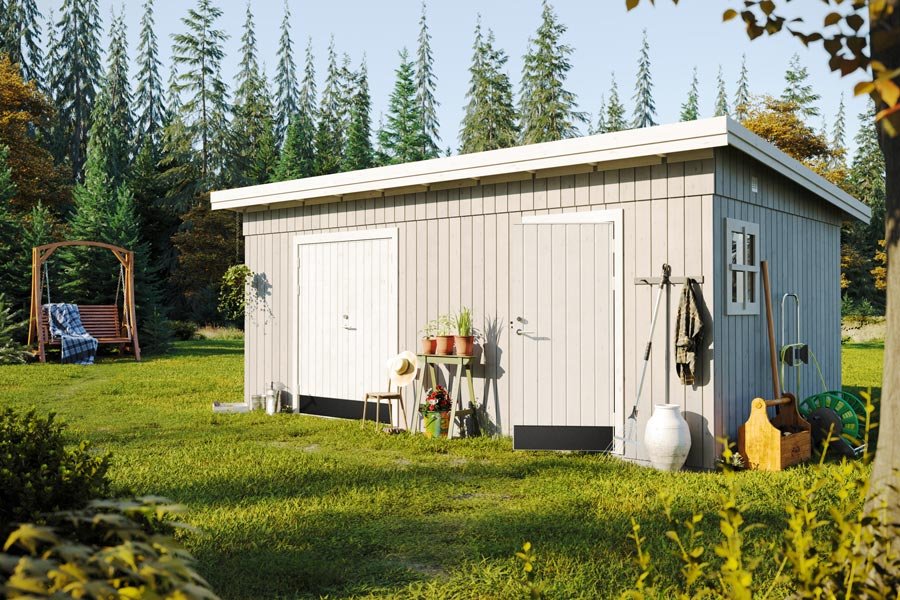
There were newspaper reports this month lamenting the tidal wave of grey sweeping Britain’s front gardens. They were based on a report from the Royal Horticultural Society stating that 3 million front gardens had been paved over in the past 10 years, and that 5 million front gardens in Britain have no plants.
We hope that this is just a front garden trend, and that Britain’s back gardens continue to be verdant and leafy. For one of the ill-effects of paving over Britain’s gardens is to damage biodiversity – for without grass, plants, trees and shrubs, there are few habitats for wildlife.
Some of Britain’s best-loved species – from ladybirds to hedgehogs – face losing their homes. But there are plenty of easy ways to create wildlife-friendly places in your garden.
Add flowering and fruiting plants
You may already know that butterflies like buddleia and bees like lavender, but the Royal Horticultural Society has other useful planting tips, such as choosing a mix of native and non-native plants that provide pollen and nectar for as long a season as possible – for example, snow drops, wild garlic, blue bells, crocuses and mahonia in spring right through to Michaelmas daisies and ivy in autumn (ivy provides a sheltered home for insects and spiders too, but be careful to ensure that it doesn’t grow out of control).
Many seed companies also have easy advice on their websites about which plants can attract birds and insects to your garden, and garden centres often have areas dedicated to native flowering species. Consider planting edible shrubs too (cherries, raspberries, blackberries, gooseberries and blueberries) as well as fruit trees that will provide height and shelter, as well as pollen and food. Plum, apple and pear trees all produce lovely blossoms, and you can always keep some of your fruit crop for yourself.
Make a mess and get wild
If mention of the Royal Horticultural Society puts you in fear that their advice will involve you devoting many hours a week to tending your borders, take heart from one of their tips: “Don’t be too tidy: leave some areas undisturbed”.
Apparently, the uncut leaves of perennials can shelter hibernating insects; piles of stones in a corner can be hibernating spaces for reptiles and amphibians; and uncollected leaves and twigs provide food and shelter for many species. Something as simple as a bucket of water with a ramp (made from a pile of rotting logs) can help amphibians, insects and birds, or if you have the space, a pond is a great way to attract wildlife.
You can also add a log pile in a sheltered corner, or leave a strip of lawn uncut during the summer months (and whilst it might be tempting, don’t kill off any weeds that grow as they produce flowers and pollen that are beneficial to insects and butterflies).
Look after the birds, bees and bats
A good source of advice on encouraging birds to your garden is – not surprisingly – the Royal Society for the Protection of Birds (RSPB). And its advice on creating a wildlife friendly garden extends beyond the avian; its website has a great month-by-month guide to what to see, do and plant in your garden to attract wildlife.
The site also includes interesting information on all the insects, mammals, amphibians and birds you are likely to see in your garden, with pictures and information for each species on what it eats, when you will see it and where you will see it.
The RSPB online shop has a variety of bird feeders, nesting boxes, boxes for ladybirds or bats, hedgehog homes, frog and toad shelters, seeds for wildlife-attracting pants, and hedgehog food.
The National Trust is a well-known advocate of supporting biodiversity, and has a variety of schemes in place to promote it. You can read through the National Trust wildlife-garden advice or watch their video on how to attract wildlife into your own garden:
Bats are often forgotten about as they are nocturnal and difficult to see – a lot of the time you can only tell they are around by listening for their high pitched calls. You can give bats a helping hand too by installing a bat box, and the Bat Conservation Trust has some helpful advice on the type and placement of bat boxes.
Gardens for the old and the young
One reason to attract wildlife to your garden is encouraging biodiversity and sustainability, but self-interest also comes into it: wildlife makes a garden more interesting, especially for children or older people who have plenty of time to fill.
So it’s not surprising that various websites aimed at the very young and the very old have some good advice on attracting wildlife. AgeUK has some good wildlife tips, and at the other end of the age range, Wildlife Gardener has sections on garden wildlife activities and wildlife equipment for kids, alongside general advice on anything from dealing with foxes to attracting frogs to your garden pond.
The Gardening with Children blog has good tips for getting children interested in all things garden-related, and there was a nice blog post in May on encouraging hedgehogs in your garden.
If you’re still wondering how to design and make a wildlife-friendly garden check out our top ten list and helpful online resources:
Our check-list for a wildlife-friendly garden
- Install a bird box, or a number of different bird boxes suited to different species
- Add a bird feeder, or if possible, a range of seeds and nuts in varying locations
- Install a bat box that meets the Bat Conservation Trust guidelines
- Consider a bird bath, water trough or pond with at least one sloping side (for ease of access)
- Plant native flowers and edible shrubs, especially those that flower throughout the year
- Leave some of your lawn long during the summer (and don’t kill the weeds that grow there)
- Make a couple of holes in the bottom of your fence to let critters in
- Create some shelter by planting ivy, creating a log pile or planting native trees.
- Start a compost bin to recycle your waste, feed the soil and house worms, woodlice, fungi and spiders
- Always check before strimming and lighting bonfires
Gardening guides, advice, videos and downloads
- Royal Horticultural Society
- The National Trust
- The Wildlife Trusts
- BBC Wildlife Gardening Guide
- Wildlife Gardener
- Royal Society for the Protection of Birds
- Bat Conservation Trust
- British Hedgehog Preservation Society
- AgeUK
- Gardening with Children
Lastly, as we’ve mentioned in the past, if you’re looking for inspiration you should always pay a visit to some local gardens to get design ideas and advice.

















